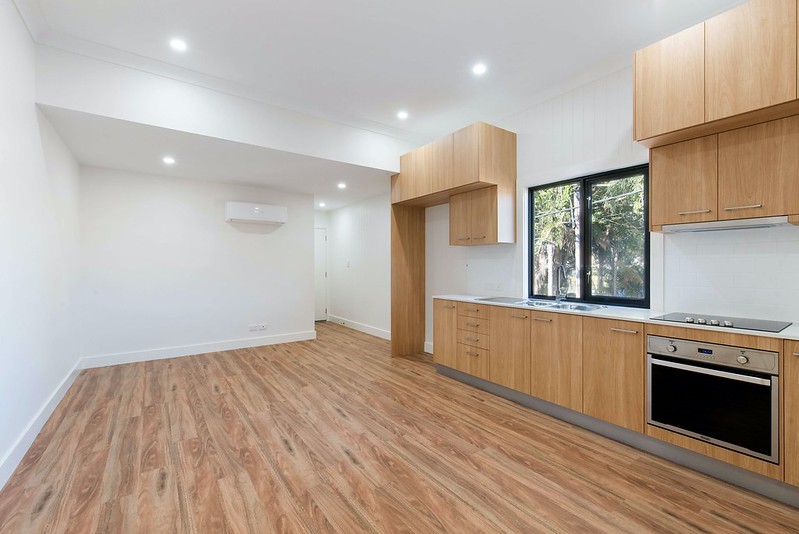
After a robust period of growth spanning three years, the UK rental market is showing signs of cooling down. According to the HomeLet Rental Index, which draws on tenant referencing data
from over one million renters annually, rental prices have dipped for the third consecutive month.
The data reveals that in January, average rents decreased by 0.6 percent, following a 0.9 percent decline in December. Since October, the average monthly rent has seen a decline from its peak of £1,283 to £1,260 in January.
While every UK region, except for the East Midlands, West Midlands, and the South West, experienced a drop in average rents in January, this trend aligns with findings from Hamptons, a property firm. Hamptons reported that average rents on newly-let properties saw their slowest growth pace in 13 months, increasing by 8.3 percent year-on-year across the UK.
This shift marks a departure from the rental growth rates observed in 2023, where growth peaked at 12 percent in August, slowing to 10.2 percent by December. Additionally, Hamptons noted a decline in the percentage of landlords achieving higher rents for new tenants, indicating a shift in market dynamics.
Despite the overall decline in rental prices, regional variations persist. Lorraine Ashelby, letting and property management director at Countrywide in Scotland, observed a gentle reduction in rents in central Glasgow and surrounding areas due to a balance between demand and supply. In Wales, Angela Davey, head of lettings at Peter Alan, noted that while rents in urban centers like Cardiff continue to rise, rural areas and smaller towns may experience slower growth or stagnation.
Matthew Hardwick, lettings branch director at William H Brown in Lincoln, emphasized that rental demand varies by property type, with larger houses experiencing slight reductions in demand compared to smaller properties.
The increase in available rental properties, up by 34 percent compared to last year, is contributing to the easing of rental prices, according to Hamptons. However, despite this increase, rental supply remains lower than pre-pandemic levels, with 43 percent fewer rental homes compared to 2019.
While the current trend suggests a more favorable market for tenants, Andy Halstead, CEO at HomeLet and Let Alliance, cautions against celebrating prematurely. Halstead anticipates a potential rise in rental costs by 5 to 10 percent by January 2025, driven by factors such as rising costs and buy-to-let mortgage rates.
As the rental market navigates ongoing challenges, including economic uncertainties and policy changes, stakeholders will closely monitor developments, with the Spring Budget expected to shed light on potential support measures for renters and landlords alike.



































